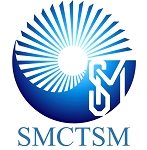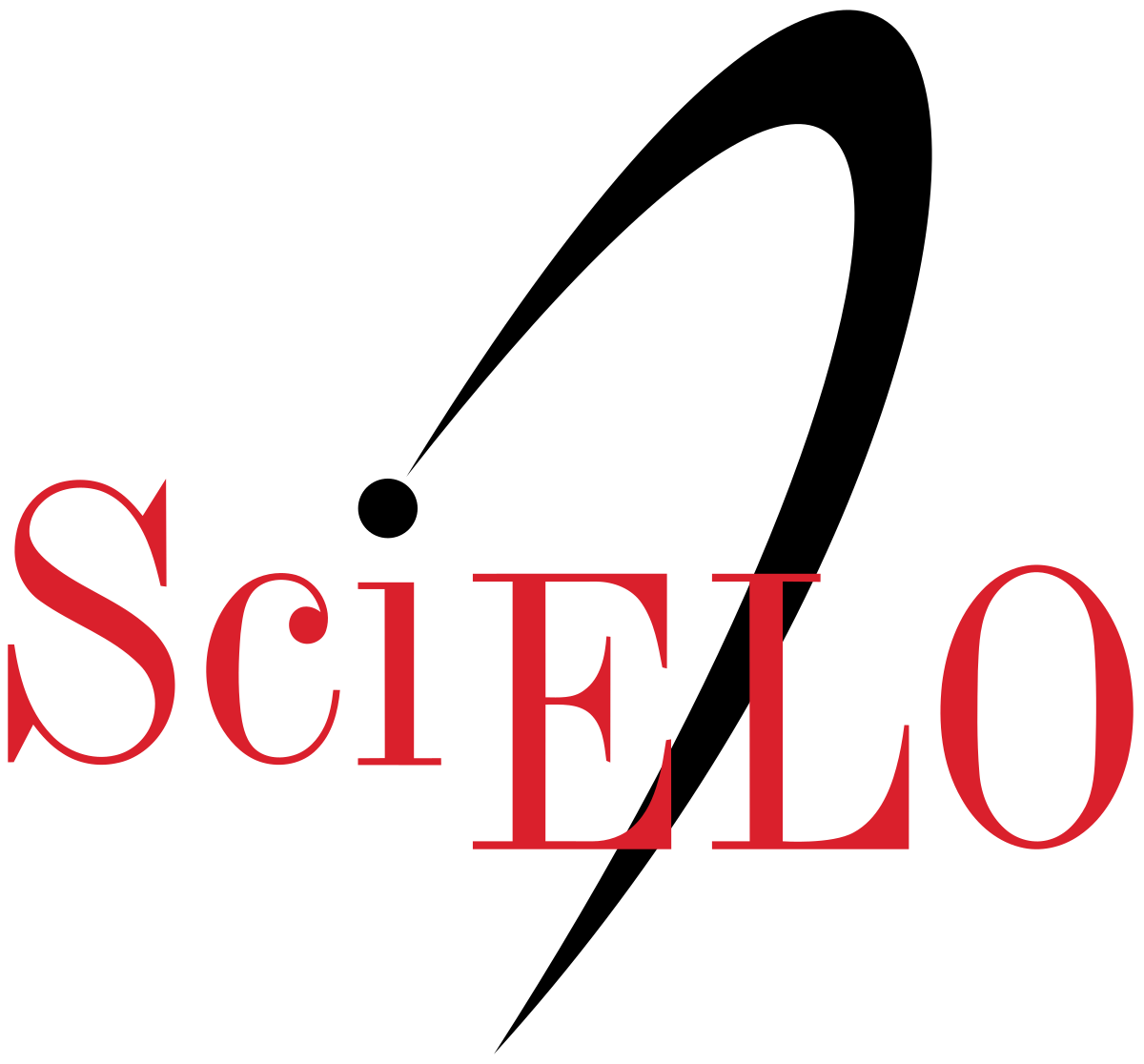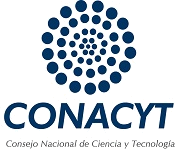Obtaining and characterization of Ni-P-X (X = SiC & WC) compound coatings by chemical route
Keywords:
Electroless, Nickel plating, Microhardness, Co-deposition, SiC particles, WC particles.Abstract
In this work it was studied the effect of the process parameters of the electroless nickel plating (substrate immersion time and percentage of added particles into the electroless nickel plating solution) on the properties of electroless Ni-P and composite electroless Ni-P-X (X=SiC y WC). The evaluated properties were: Vickers hardness, microstructure and chemical composition. Steel substrates AISI 1018 were coated, making changes on the quantity of particles (SiC and WC) added to the nickel solution (0.1 to 6 g/L), as well as on the substrate immersion time. The coatings were characterized by means of optical microscopy, OM; scanning electron microscopy, SEM, Vickers hardness testing, HV, and differential scanning calorimetry, DSC. Results shown that is possible to obtain EN coatings with thickness of 23 mm, after 4 h of substrate immersion time and hardness by above of 600 HV100. On the other side, results of CEN coatings shown that the quantity, of codeposited particles of SiC or WC in the coating, is not directly proportional with the concentration of particles into electroless nickel plating solution. Coating thickness of 40.45 mm and 45.30 mm were obtained for codeposited particles of SiC and WC respectively after 4 h of substrate immersion time. Hardness of CEN coatings is very higher than those found in the EN coatings; from 900 to 2400 HV500.References
. N. Martyak, S. Wetterer, L. Harrison, M. Mcneil, R.Heu, A. Albert Neiderer, Plat. Surf. Finish. 6, 60 (1993).
. V. Kumar Bulasara, H. Thakuria, R. Uppaluri, M. Kumar Purkait, Desalination 268, 195 (2011).
. J.N. Balaraju, T.S.N. Sankara, S.K. Seshadri, J. Applied Electrochem. 33, 807 (2003).
. K. G. Keong, W. Sha, S. Malinov, Surface Coatings Tech. 168, 263 (2003).
. A. Grosjean, M. Rezrazi, J. Takadoum, P. Berçot, Surface Coatings Tech. 137, 92 (2001).
. R. L. Deuis, C. Subramanian, J. M. Yellup, K. N. Strafford, P. Arora, Scripta Metallurgica Materialia 33, 1217 (1995).
. M. Mohammadi, M. Ghorbani and A. Azizi, J. Coatings Tech. Res. 7, 697 (2010).
. V.V.N. Reddy, B. Ramamoorthy, P. Kesavan Nair, Wear 239, 111 (2000).
. X. Yin, L. Hong and B-H. Chen, J. Phys. Chem. B 108, 10919 (2004).
. F. Prieto-García, A. M. Bolarín, Miró, F. Sánchez De Jesús, M. A. Méndez Marzo, Superficies y Vacío 18, 38 (2005).
. F. Prieto-García, S.P. Méndez, A. M. Bolarín, Miró, F. Sánchez De Jesús, M. A. Méndez Marzo, Superficies y Vacío 17, 1 (2004).
. B.S. Necula, I. Apachitei, L.E. Fratila-Apachitei, C. Teodosiu, J. Duszczyk, J. Colloid Interface Sci. 314, 514 (2007).
. B. Lonyuk, I. Apachitei, J. Duszczyk, Scripta Materialia 57, 783 (2007).
. Y.Chen, M. Q. Xu and J. Zhu, Surface Coatings Tech. 172, 90 (2003).
. Gao Jiaqiang, Wu Yating, Liu Lei, Shen Bin, Hu Wenbin, Mat. Letters 59, 1665 (2005).
. Z. Liu and W. Gao, Surface Coatings Tech. 200, 3553 (2006).
. D. Pacheco, O. Leon, S. Liscano, L. Gil . UCT 12, 65 (2008).
. A. Maimageecki, A. Micek-Ilnicka, Surface Coatings Tech. 123, 72 (2000).
Downloads
Published
Issue
Section
License
©2025 by the authors; licensee SMCTSM, Mexico. This article is an open access article distributed under the terms and conditions of the Creative Commons Attribution license (http://creativecommons.org/licenses/by/4.0/).





